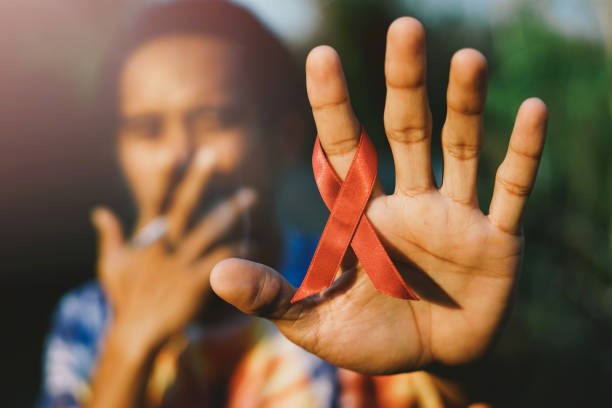What Women Should Know About Cervical Cancer

WHAT WOMEN SHOULD KNOW ABOUT CERVICAL CANCER
Cervical cancer is the fourth most common cancer in women globally with an estimate of new cases springing up reach year. Cervical cancer is a type of cancer that begins in the cells lining the cervix, which is the lower part of the uterus (womb) that connects to the vagina. The main cause of cervical cancer is persistent infection with high-risk types of human papillomavirus (HPV), a sexually transmitted infection. However, not all women with HPV develop cervical cancer, and other factors may contribute to the development of the disease.
When cervical cancer happens, it’s often first treated with surgery to remove the cancer. Other treatments may include medicines to kill the cancer cells. Options might include chemotherapy and targeted therapy medicines. Radiation therapy with powerful energy beams also may be used. Sometimes treatment combines radiation with low-dose chemotherapy.
WHAT ARE THE SIGNS?
When it starts cervical cancer may not show signs of its appearance or presence in the body and as such may lead to delay in early detection. Below are some symptoms of cervical cancer commonly found in women.
- Some women may experience slight or heavy bleeding after sexual intercourse.
- Slight or severe pelvic pain during intercourse.
- Heavier monthly flows that last longer than usual.
- Watery bloody vaginal discharge
- Foul odour from the private parts.
PREVENTION
- Reduce your risk of cervical cancer by practicing safe and protected sex with your partner and also avoid having multiple sexual partners.
- Conduct routine PAP tests on yourself every two to three months.
- Ask your doctor for regular HPV vaccine.
- Avoid smoking.
SUMMARY
It’s important for individuals to discuss their risk factors and screening options with their healthcare providers. Early detection and intervention significantly improve the chances of successful treatment for cervical cancer.



